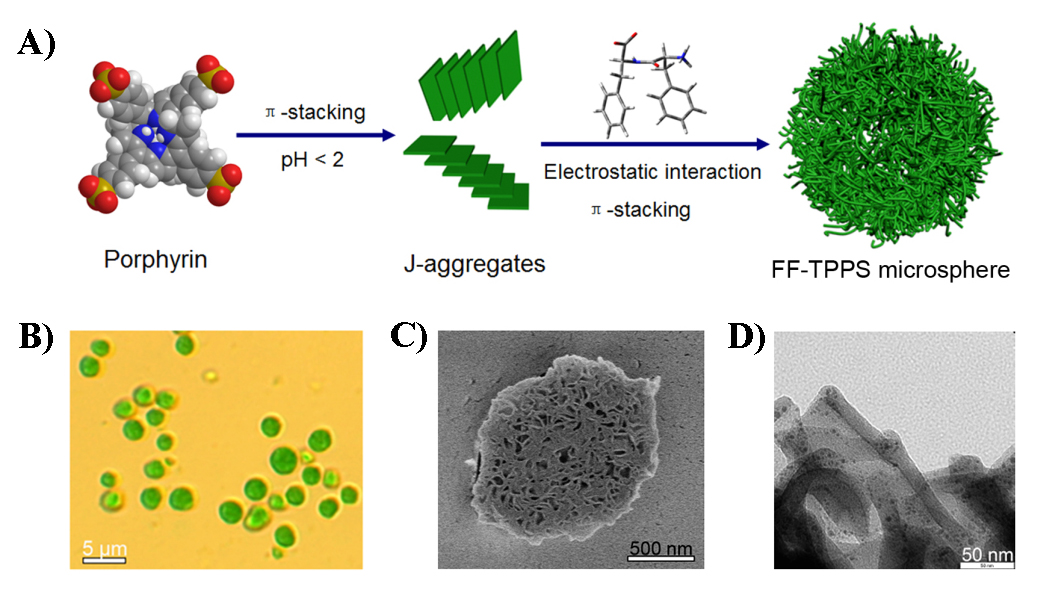Self-assembly is of key function in the process of life. Cell, as we have known, is a hierarchically organized architecture starting from various biomolecules including peptides, proteins, lipids, nucleic acids, and saccharides. Inspired by organizational principle of biology, self-assembly has been developed as a dominant technique for design of functional structures and materials. In the study of primitive cellular architectures (protocells) in context of the origin of life, self-assembly is thought to play an important role in transitions from nonliving matter (biomolecules) to living matter (cells). However, how to achieve controlled self-assembly of structural architechtures with functions in some sense analogous to a living cell by biological and potentially prebiotically combinations between key small molecules remains a remarkable challenge. Recently, together with the scientists from Max Planck Institute of Colloids and Interfaces, University of Bristol, and Institute of Chemistry, Chinese Academy of Sciences (CAS), the researchers of Institute of Process Engineering (IPE), CAS created porous multifunctional microspheres by hierarchical co-assembly of simple dipeptides and porphyrins. The microspheres consist of a water-filled multi-chambered interior that is accessible to guest molecules, and which comprises an interconnected and self-supporting network of peptide-porphyrinnanorods. Light-harvesting can be achieved within the microspheres, which is exploited for photo catalytic synthesis of inorganic and organic species. As peptides and porphyrins c an be regarded as prebiotic molecules, this work suggests that small molecules could be candidates to construct new architectures for demonstrating aspects of primitive abiotic cellularity. The results have been published on Angew. Chem. Int. Ed.2014, 53, 2366-2370. an be regarded as prebiotic molecules, this work suggests that small molecules could be candidates to construct new architectures for demonstrating aspects of primitive abiotic cellularity. The results have been published on Angew. Chem. Int. Ed.2014, 53, 2366-2370. 
Figure 1Self-assembly of peptide-porphyrin microspheres: A)Proposed mechanism for formation of microspheres;B)Bright-field image of microspheres;C)SEM image of a single microsphere cross-section;D)TEM image of there duced Pt nanoparticles within a microsphere. (By IPE)
|